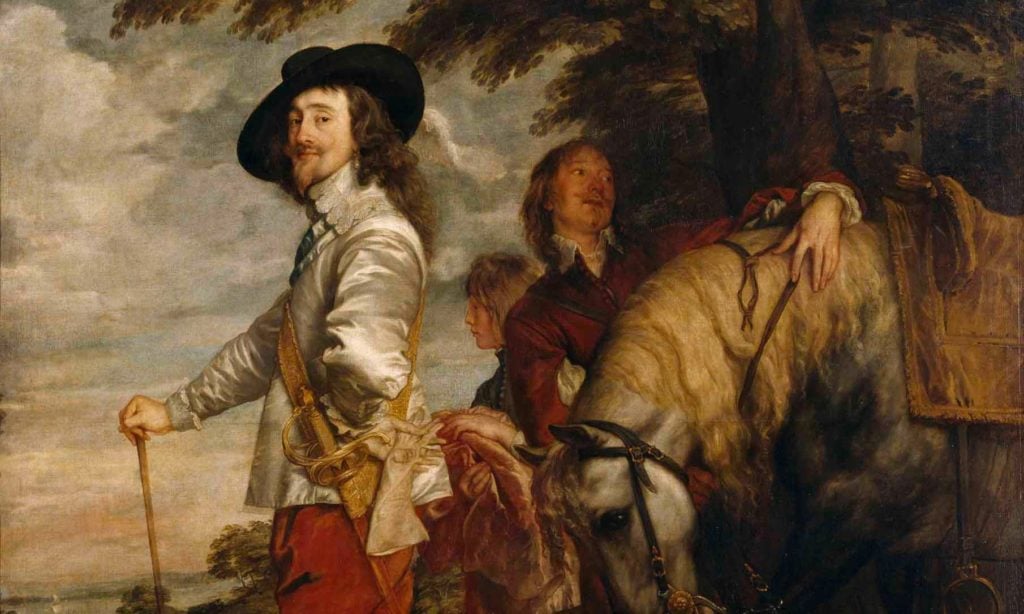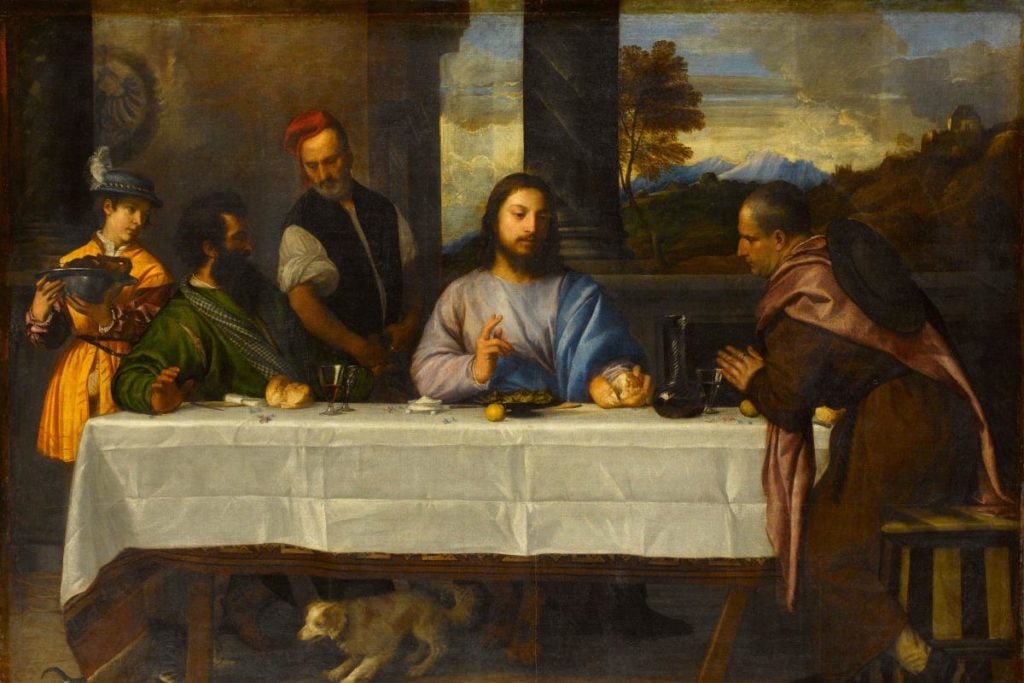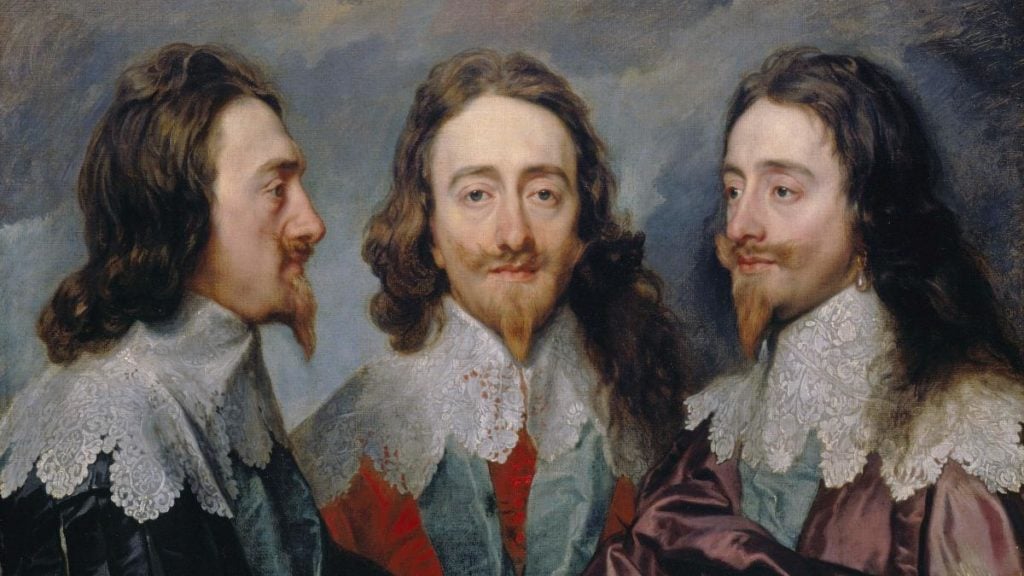Art & Exhibitions
Art History’s Most Important Royal Collection Will Finally Be Reunited
Some paintings will return to the UK for the first time in nearly 400 years.

Some paintings will return to the UK for the first time in nearly 400 years.

Sarah Cascone

One of history’s greatest art collections will be reunited by London’s Royal Academy of Arts. Following a relatively short but prolific career as a collector from the 1620s to the 1640s, the UK’s Charles I lost his throne—and his head—in 1649. Under Oliver Cromwell, who took power following the civil war, the former monarch’s 1,500 paintings and 500 sculptures were sold across Europe.
Charles I “amassed by far the most important collection of art that any monarch has ever amassed in Britain,” Desmond Shawe-Taylor, the Queen’s surveyor of pictures, told the Financial Times.
During the Restoration, Charles II did his best to rebuild the collection, but many works remained abroad, primarily in the French and Spanish royal courts. For the upcoming show, paintings by the likes of Peter Paul Rubens, Hans Holbein, and Andrea Mantegna will return to the UK, some first the first time in nearly 400 years.

Titian, The Supper at Emmaus. Courtesy of Musee du Louvre, Paris.
The Louvre in Paris is lending three paintings—Titian’s Supper at Emmaus and Conjugal Allegory, and portrait of Charles I, Le Roi a la Chasse, by British court painter Anthony van Dyke—while the Prado in Madrid is providing five canvases. A total of 20 international loans will be included in the exhibition’s 150 works, along with 90 that remain in the Royal Collection.
“Both galleries were extremely open and willing to collaborate,” exhibition co-curator Per Rumberg told the Guardian. “It is extremely generous … Normally you are lucky if you get one or two. We count our blessings.”
Under the Cromwell regime, collecting art didn’t just fall out of favor. According to the forthcoming book Rogues’ Gallery: The Rise (and Occasional Fall) of Art Dealers, the Hidden Players in the History of Art, many of the country’s art lovers divested themselves of their collections, because “private art holdings were not likely to endear you to the new regime.”
The political risks associated with art under Cromwell were so great that diplomat and art advisor Balthazar Gerbier, allying himself firmly with the new Republic, went so far as to badmouth Charles I for the “great sums squandered away on braveries and vanities; on old, rotten pictures, on broken-nosed marble.”

Anthony van Dyck, Charles I (1635–36). Courtesy of the Royal Collection Trust/Her Majesty Queen Elizabeth II.
The current Prince Charles will likely take an honorary role in overseeing the upcoming show, as well as “Charles II: Art and Power,” organized by the Royal Collection at Buckingham Palace (December 8, 2017–May 13, 2018), according to the Art Newspaper.
The Royal Academy exhibition, titled “Charles I: King and Collector,” will kick off the institution’s 250th anniversary celebrations when it opens in January 2018.